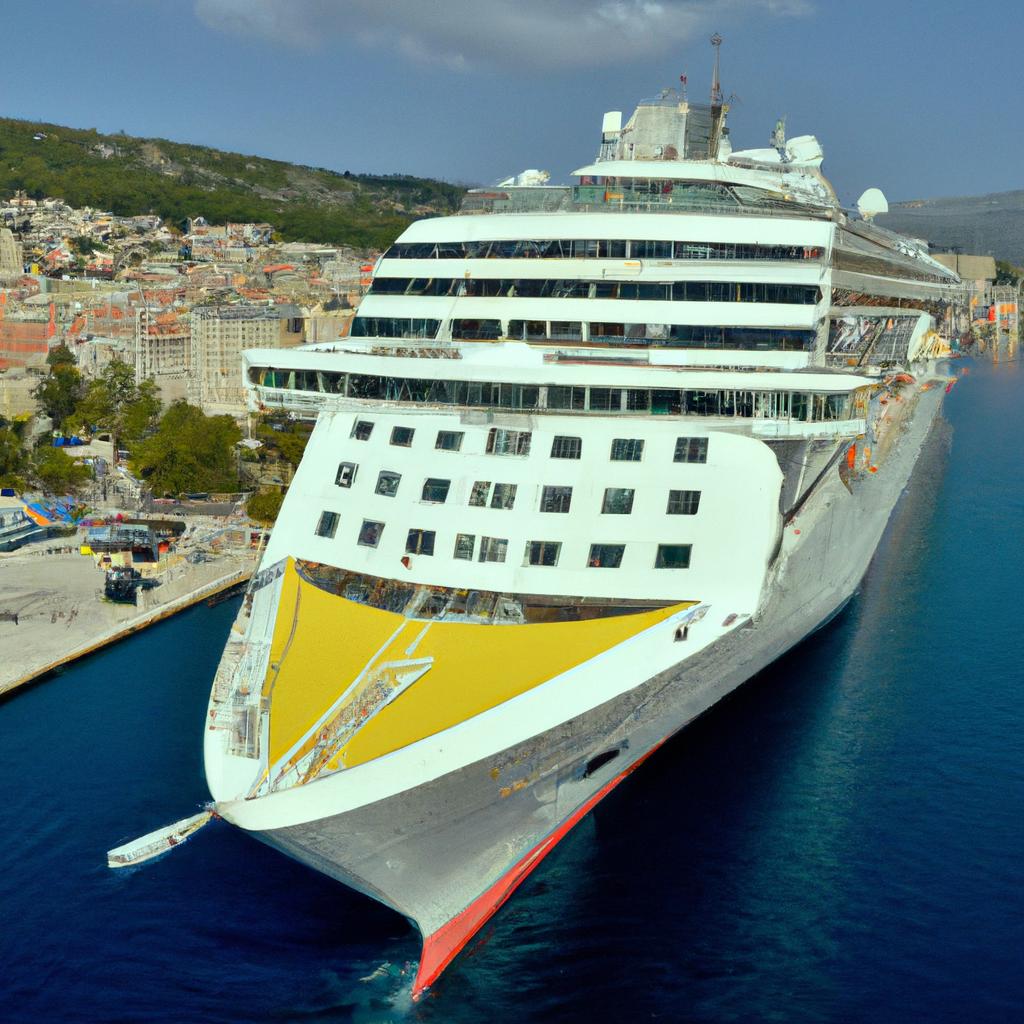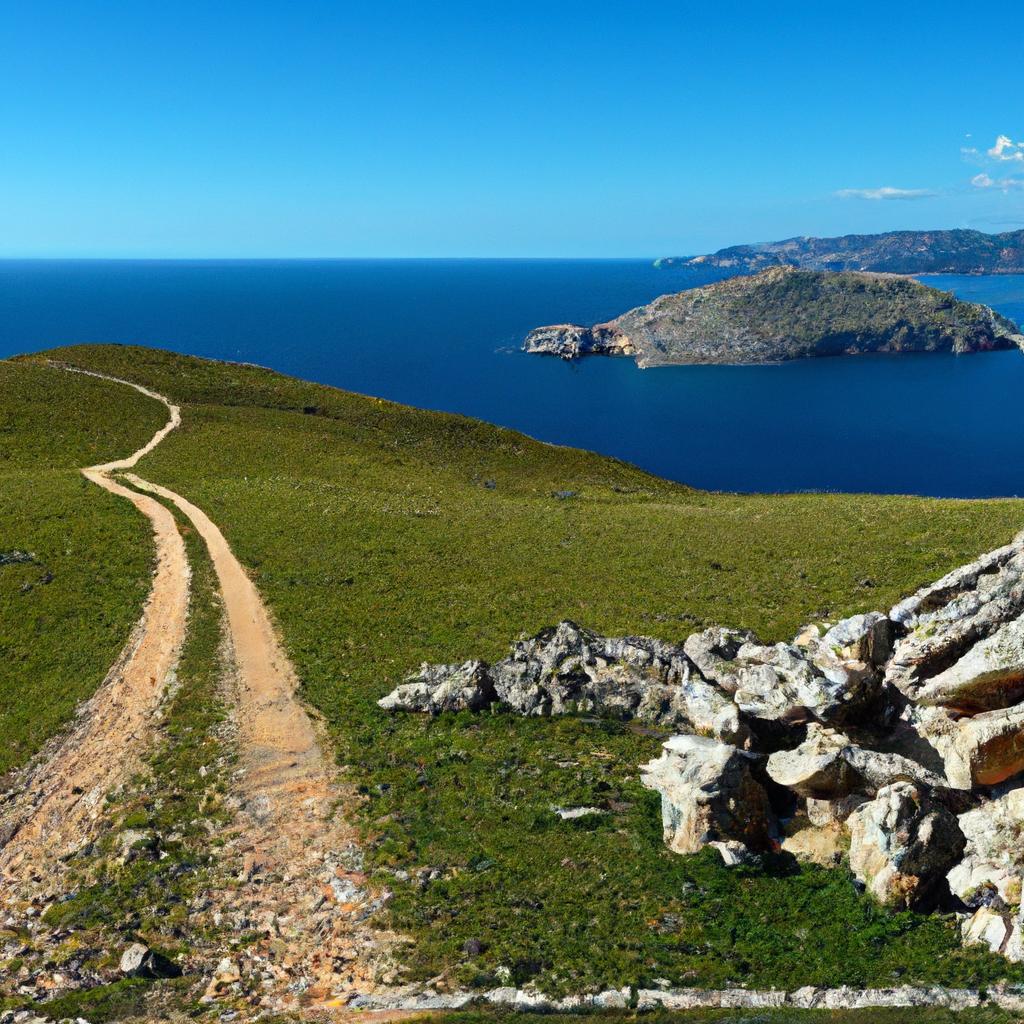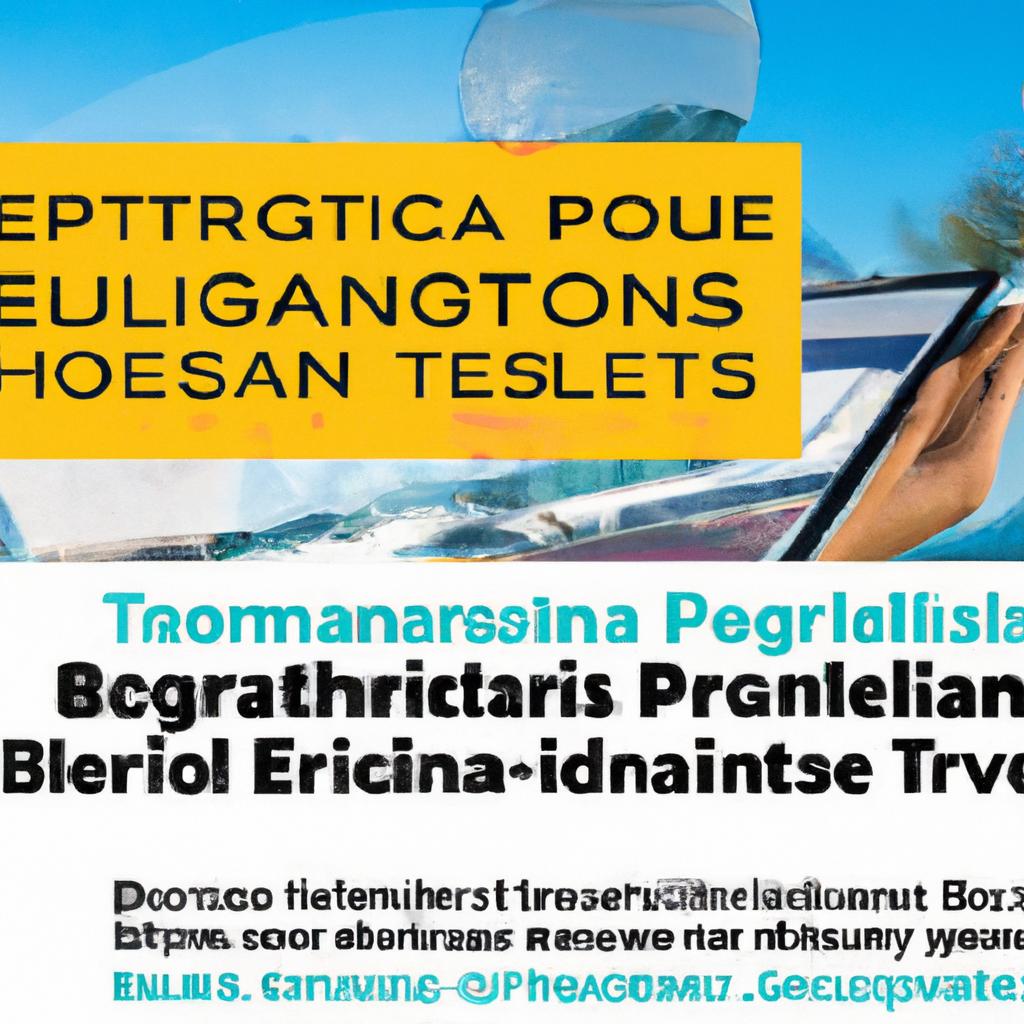In recent years, the rise of cruise ship tourism has brought with it a host of economic benefits, but also concerns over environmental impact and overcrowding in popular European destinations. As a result, some cities across Europe have begun to take action by implementing measures to reduce the number of cruise ship visits. Let’s take a closer look at which European cities are leading the charge in this effort to strike a balance between tourism and sustainability.
Exploring the Impact of Cruise Ships on European Cities
Some European cities have started to feel the negative effects of large numbers of cruise ships docking in their ports. Venice, for example, has been struggling with issues such as overcrowding, pollution, and damage to the environment caused by these massive vessels. In response, the city has implemented measures to limit the number of cruise ships allowed to visit each day. This move aims to protect the delicate ecosystem of the Venice Lagoon and preserve the historic city for future generations.
Amsterdam is another European city that is taking steps to reduce the impact of cruise ships on its infrastructure and environment. The Dutch capital has seen a significant increase in the number of cruise ship visits in recent years, leading to concerns about overtourism and congestion. To address these issues, Amsterdam has introduced a new tourist tax for cruise ship passengers and is actively working on developing a more sustainable tourism strategy. These efforts are part of a larger initiative to strike a balance between welcoming visitors and preserving the city’s cultural heritage.

Sustainable Initiatives in Venice to Limit Cruise Ship Visits
Many European cities are facing the negative impacts of mass tourism, particularly from cruise ships. In response to this issue, Venice has implemented sustainable initiatives to limit cruise ship visits. One of the key strategies is implementing a quota system to control the number of cruise ships allowed to dock in the city’s fragile lagoon.
Venice is also promoting eco-friendly alternatives for tourists, such as encouraging smaller ships that have lower environmental footprints. Additionally, the city is working on developing infrastructure to support sustainable tourism, including improving public transportation options and enhancing cultural experiences for visitors. These efforts aim to balance the economic benefits of tourism with the preservation of Venice’s unique heritage and environment.

Amsterdam’s Efforts to Reduce Environmental Impact of Cruise Tourism
Amsterdam is just one of the many European cities that are taking steps to reduce the environmental impact of cruise tourism. The city has implemented various measures to limit the number of cruise ship visits and promote sustainable practices in the industry. Some of the initiatives include:
- Limiting the number of cruise ships: Amsterdam has placed restrictions on the number of cruise ships that can dock in the city each day, in an effort to reduce congestion and minimize pollution.
- Encouraging shore power usage: The city has been working to promote the use of shore power by cruise ships, which helps to reduce emissions while the ships are docked.
- Implementing waste management programs: Amsterdam has strict waste management policies in place for cruise ships, ensuring that they properly dispose of their garbage and minimize their impact on the environment.
These efforts are part of a larger trend in Europe, where many cities are working to balance the economic benefits of cruise tourism with the need to protect the environment. By implementing sustainable practices and limiting the number of cruise ship visits, cities like Amsterdam are paving the way for a more environmentally friendly future for the industry.
Concluding Remarks
As European cities continue to grapple with the effects of mass tourism, some are taking steps to limit the number of cruise ships visiting their ports. From Venice to Amsterdam, these cities are seeking to strike a balance between tourism and sustainability. While the debate rages on about the future of cruise ship tourism in Europe, one thing is clear: change is on the horizon. Whether these measures will be successful in the long run remains to be seen, but one thing is certain – the way we travel and explore our world is evolving, and it’s up to us to ensure that it evolves in a way that is responsible and sustainable.



